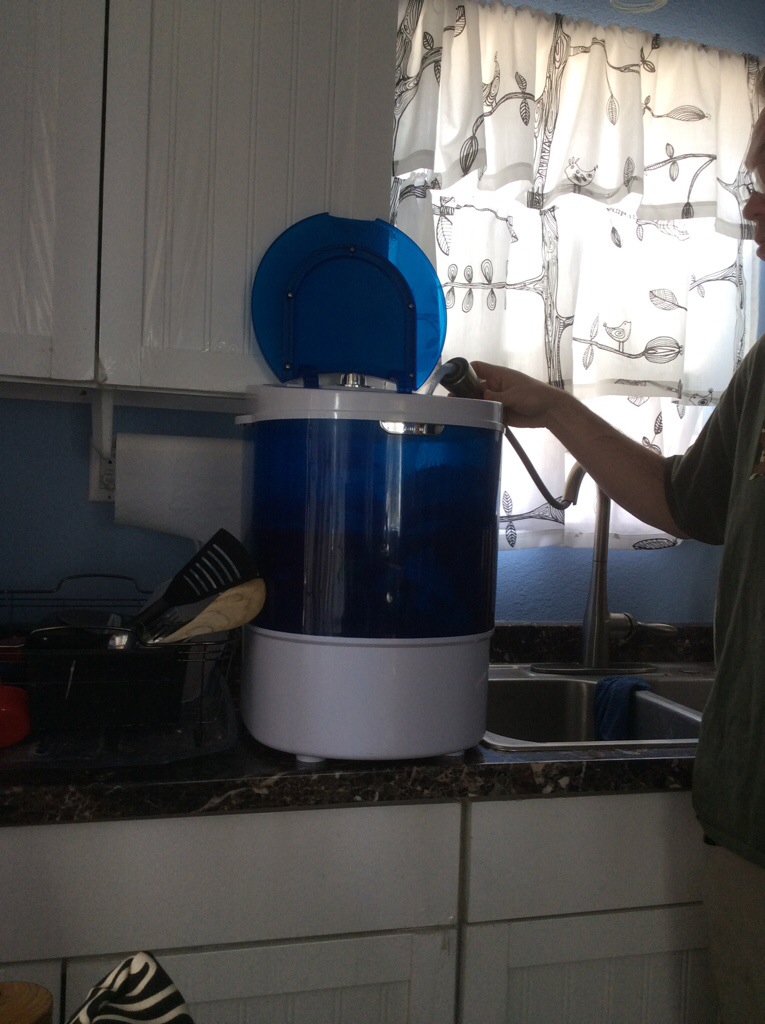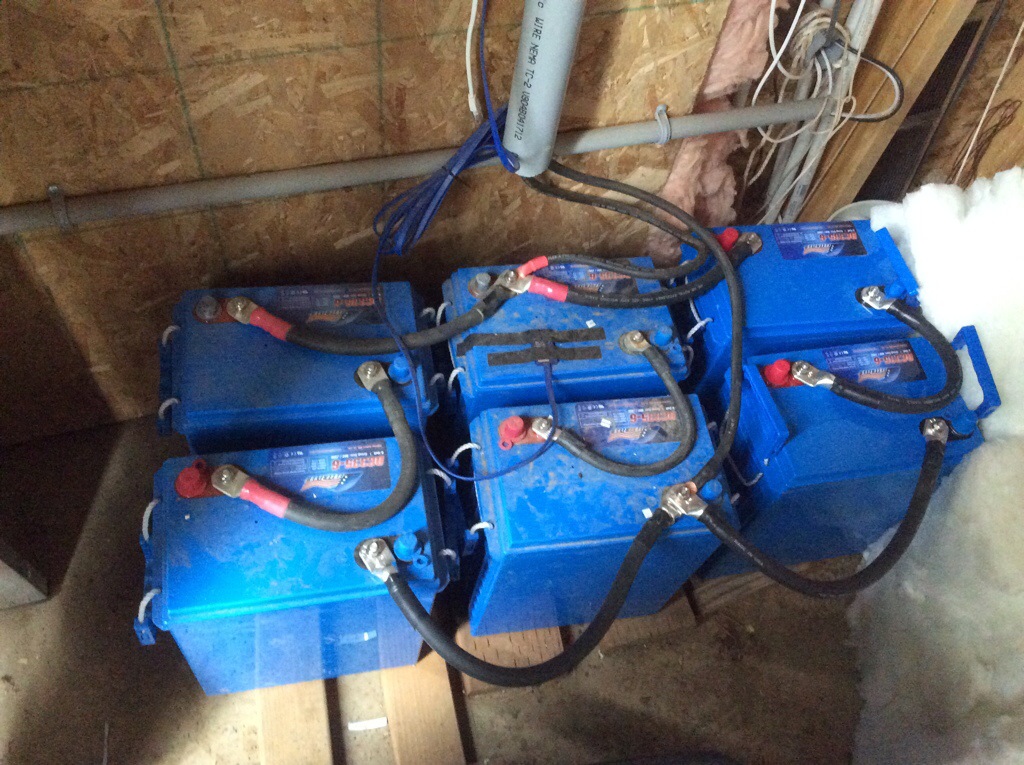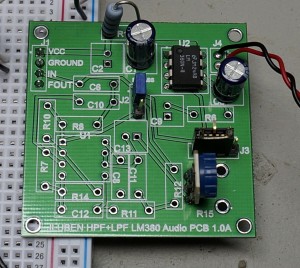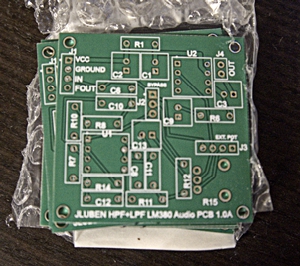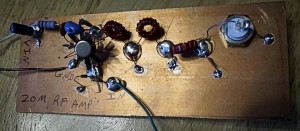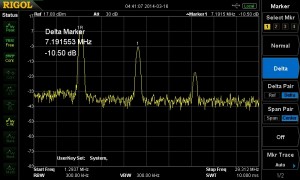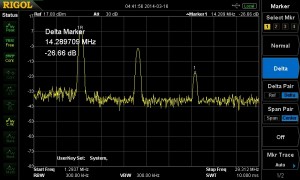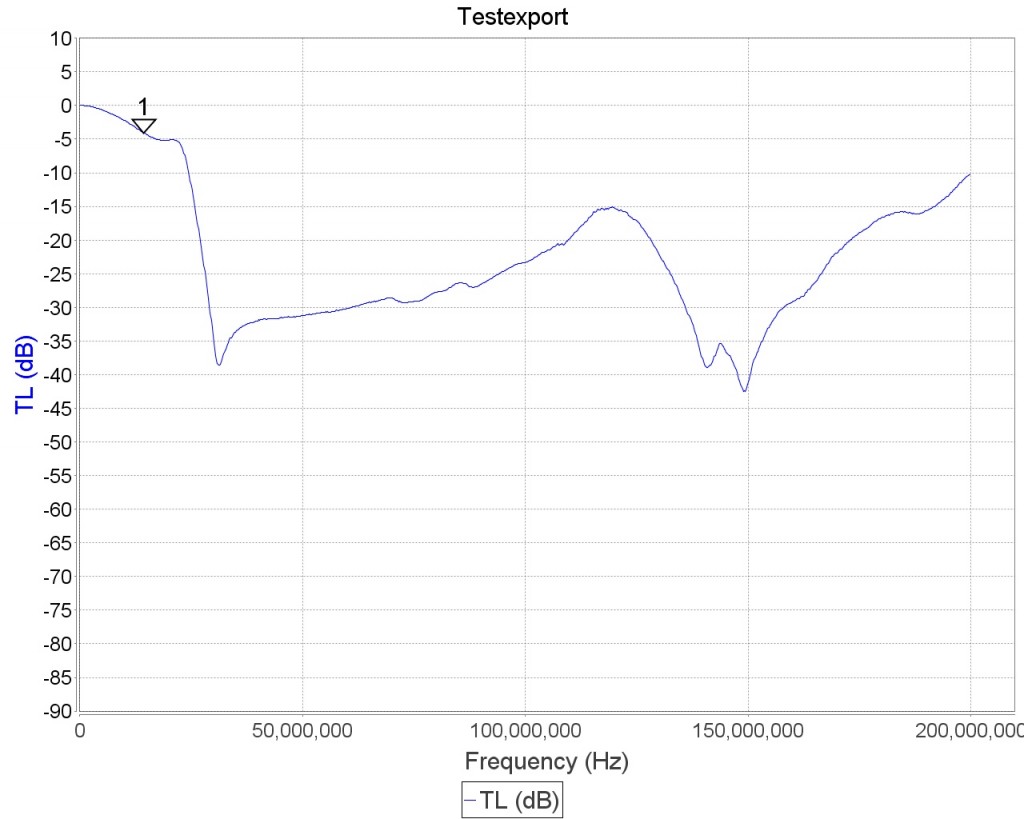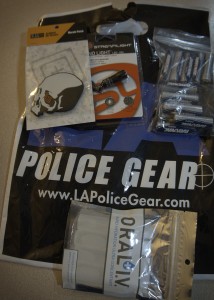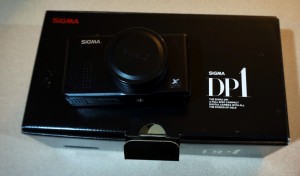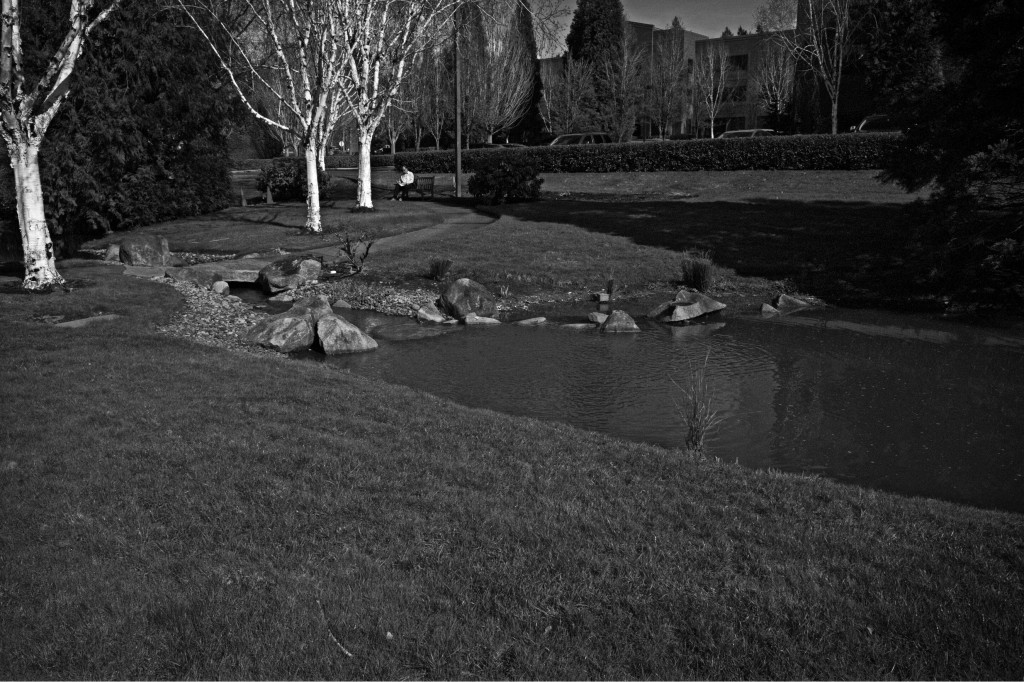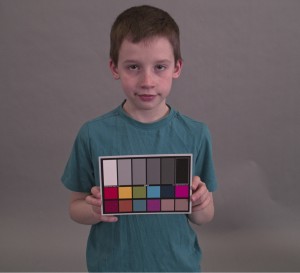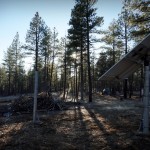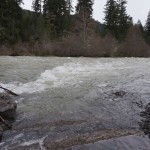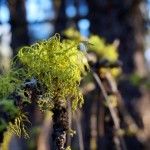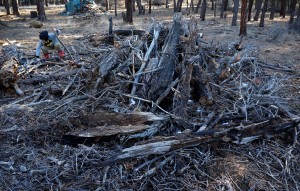Today the kids got dirty. They love playing in the dust, dirt, and digging holes. We dug out the base camp counter top clothes washer. This is the first time we’ve used this. Filled it with hot water, dirty kids clothes, high efficiency detergent and let it run.
This thing is noisy! The mechanical timer by itself is noisy. The agitator is noisy. Our kids clothing was so dirty, I gave up after rinsing three times. This makes me wonder how much water we use at home washing kids clothing.

